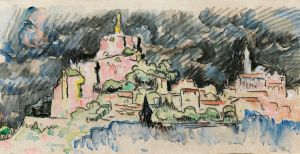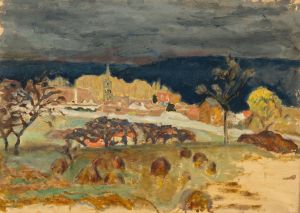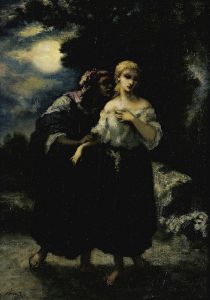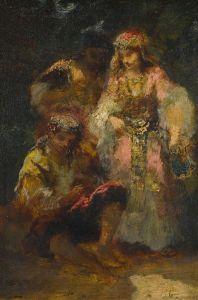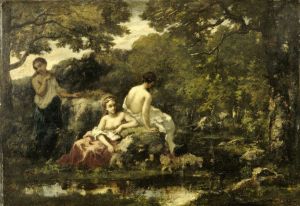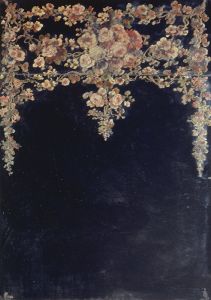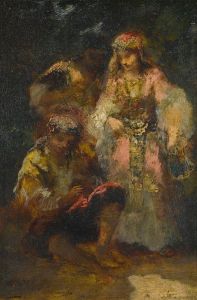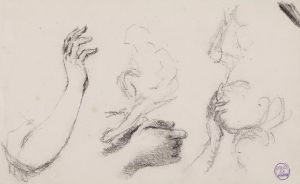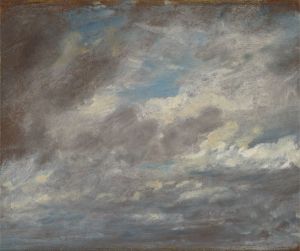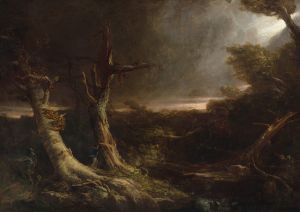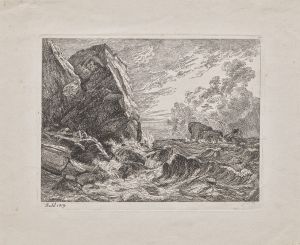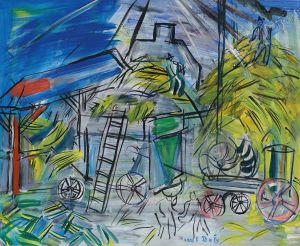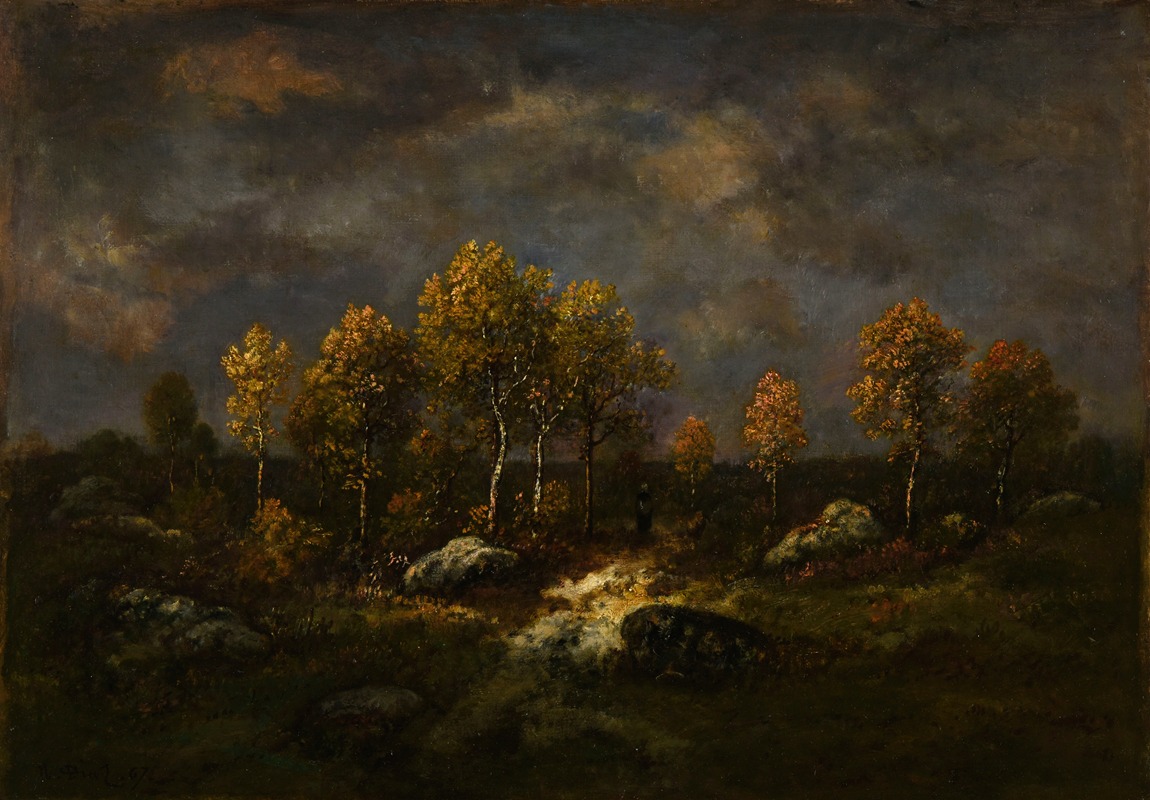
Ciel d’orage
A hand-painted replica of Narcisse-Virgile Diaz de La Peña’s masterpiece Ciel d’orage, meticulously crafted by professional artists to capture the true essence of the original. Each piece is created with museum-quality canvas and rare mineral pigments, carefully painted by experienced artists with delicate brushstrokes and rich, layered colors to perfectly recreate the texture of the original artwork. Unlike machine-printed reproductions, this hand-painted version brings the painting to life, infused with the artist’s emotions and skill in every stroke. Whether for personal collection or home decoration, it instantly elevates the artistic atmosphere of any space.
Narcisse-Virgile Diaz de la Peña was a prominent French painter of the 19th century, known for his association with the Barbizon School, a movement that emphasized naturalism and was a precursor to Impressionism. One of his notable works is "Ciel d’orage," which translates to "Stormy Sky." This painting exemplifies Diaz de la Peña's skill in capturing the atmospheric effects of nature, a hallmark of the Barbizon School.
"Ciel d’orage" is a landscape painting that showcases Diaz de la Peña's fascination with the dramatic interplay of light and shadow, a common theme in his work. The painting likely depicts a scene from the Forest of Fontainebleau, a popular subject for Barbizon artists, who sought to capture the raw beauty and changing moods of this natural landscape. The forest, located near Paris, provided a rich source of inspiration for Diaz de la Peña and his contemporaries, including artists like Théodore Rousseau and Jean-François Millet.
In "Ciel d’orage," Diaz de la Peña uses a rich palette to convey the ominous and dynamic nature of an approaching storm. The sky, a dominant feature of the composition, is filled with swirling clouds that suggest movement and impending weather changes. The use of dark, brooding colors in the sky contrasts with the lighter tones of the landscape below, creating a sense of depth and drama. This technique highlights Diaz de la Peña's ability to manipulate color and light to evoke emotion and atmosphere.
Diaz de la Peña's brushwork in "Ciel d’orage" is expressive and fluid, capturing the transient effects of light and the turbulent energy of the storm. His technique reflects the influence of Romanticism, with its emphasis on emotion and the sublime aspects of nature. However, Diaz de la Peña's work also anticipates the Impressionist movement, particularly in his focus on capturing a specific moment in time and the changing qualities of light.
The Barbizon School, to which Diaz de la Peña belonged, was instrumental in shifting the focus of art from historical and mythological subjects to the natural world. This movement laid the groundwork for later developments in art, including Impressionism, by emphasizing plein air painting and the direct observation of nature. Diaz de la Peña's contributions to this movement are significant, as he helped to popularize the landscape genre and inspired future generations of artists.
"Ciel d’orage" is a testament to Diaz de la Peña's mastery of landscape painting and his ability to convey the emotional power of nature. His work remains influential, and his paintings are held in high regard by art historians and collectors alike. Today, Diaz de la Peña's paintings can be found in major museums and galleries around the world, where they continue to be appreciated for their beauty and technical skill.
In summary, "Ciel d’orage" by Narcisse-Virgile Diaz de la Peña is a quintessential example of the artist's work and the Barbizon School's approach to landscape painting. Through his use of color, light, and expressive brushwork, Diaz de la Peña captures the dramatic and ever-changing nature of the sky, offering viewers a glimpse into the emotional and atmospheric qualities of the natural world.





